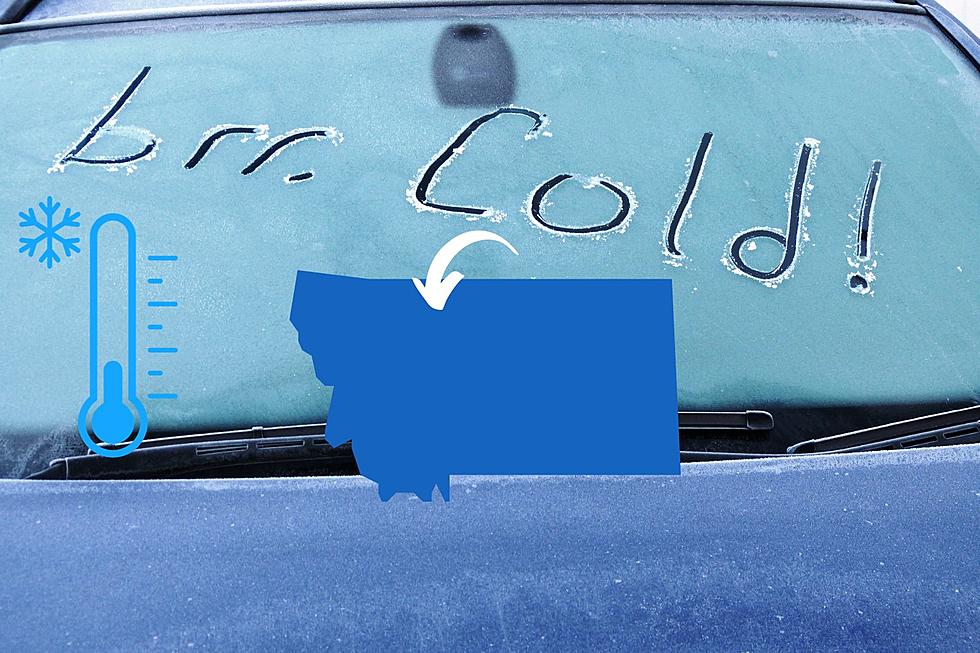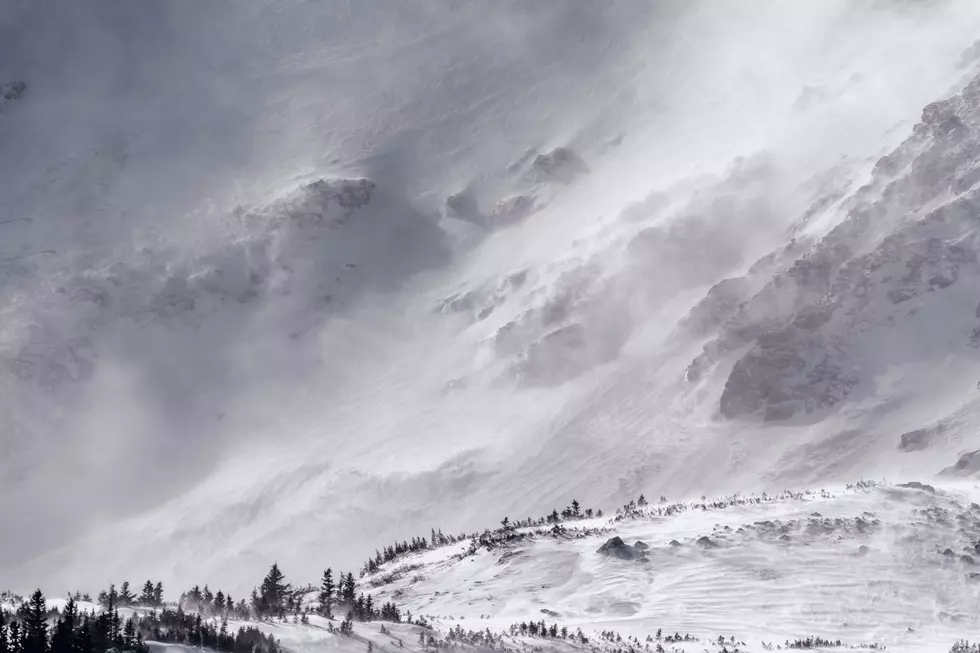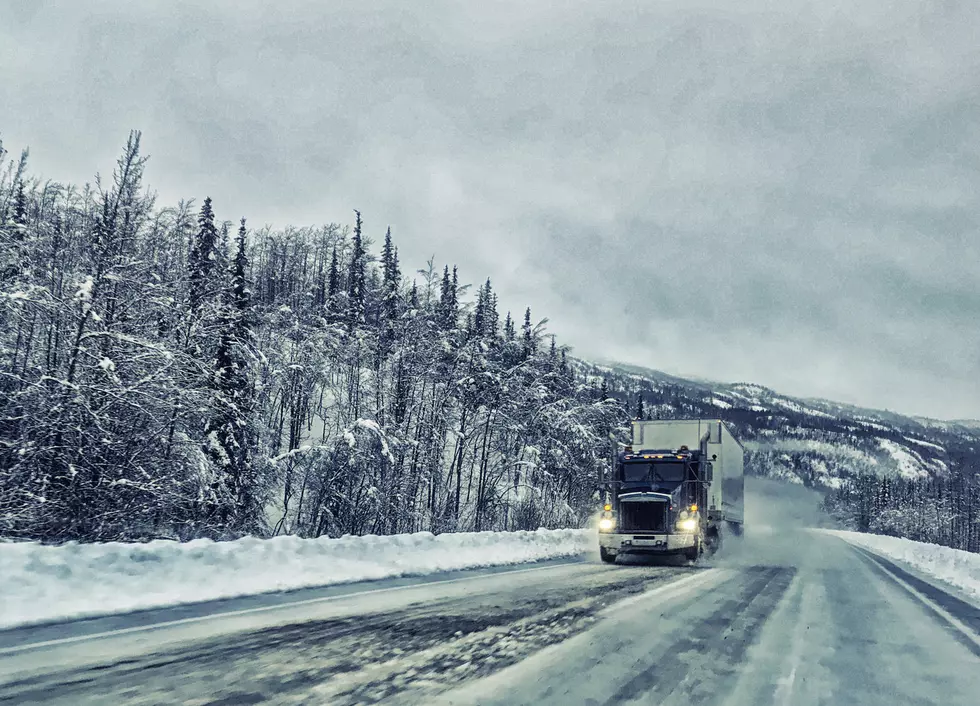
Weather Service – Missoula to Enter the February Deep Freeze
When the National Weather Service declares that winter is officially here, it's time to bundle up.
After a weekend with snow in the mountains and the valleys, the cold temperatures will take over and send western Montana into the deep freeze for the rest of the week, and perhaps longer.
Meteorologist Leeann Allegretto provides details.
“The cold air has just begun to settle in,” said Allegretto. “Certainly the coldest air is still well to our east but we're going to see a steady drop in daytime high temperatures as well as overnight low temperatures. For us here in the Missoula and Bitterroot Valleys, we're expecting to see highs in the single digits by Thursday and Friday, possibly even longer into the weekend.”
Allegretto said the night time temperatures will also drop well below zero in the double digits.
“Lows can range anywhere from minus 25 and that's not wind chill, that's ambient temperature,” she said. “That would be around the Seeley Lake area in the valleys nestled along the divide such as Anaconda and Drummond. “Here in Missoula and the Bitterroot we're looking at negative single digits to about minus 15, and that would be Thursday night, Friday night and possibly colder going into Saturday night.”
There have been questions over the past weeks regarding the health of western Montana’s snowpack levels, and Allegretto addressed those concerns.
“At least as of today February 8, the Flathead the Upper Clark Fork and the Bitterroot regions are now above 100 percent for snowpack,” she said. “They're still continuing to add to that snowpack currently, for instance, as we're doing this recording, it's still snowing. The Kootenai and the Lower Clark Fork, and the area is right up against the Idaho border, just to our north are at 90 percent and 93 percent.”
Allegretto said the temperatures are cold enough to keep the snow levels high throughout the mountain regions.
“It's cold enough that obviously the higher terrain will hold on to the snow,” he said. “As far as the mid elevations and lower elevations down here in the valleys, that’s hard to say. It's the really, really high elevation snowpack that really helps with the water supply during the spring and into the early part of summer and it looks like there's nothing amiss that we're seeing. It looks to be fairly normal. It can only go up from here as long as things continue to look moist and cold and it certainly does, at least in the near future.”
50 Famous Brands That No Longer Exist
More From Montana Talks









